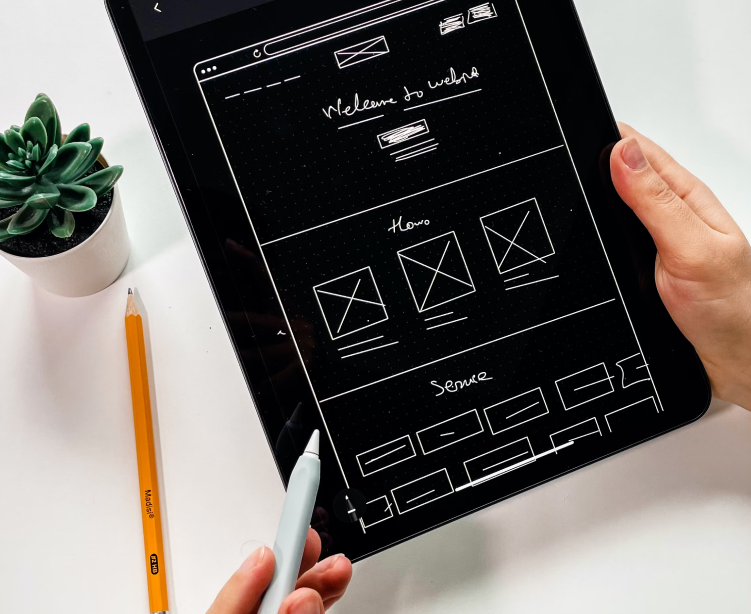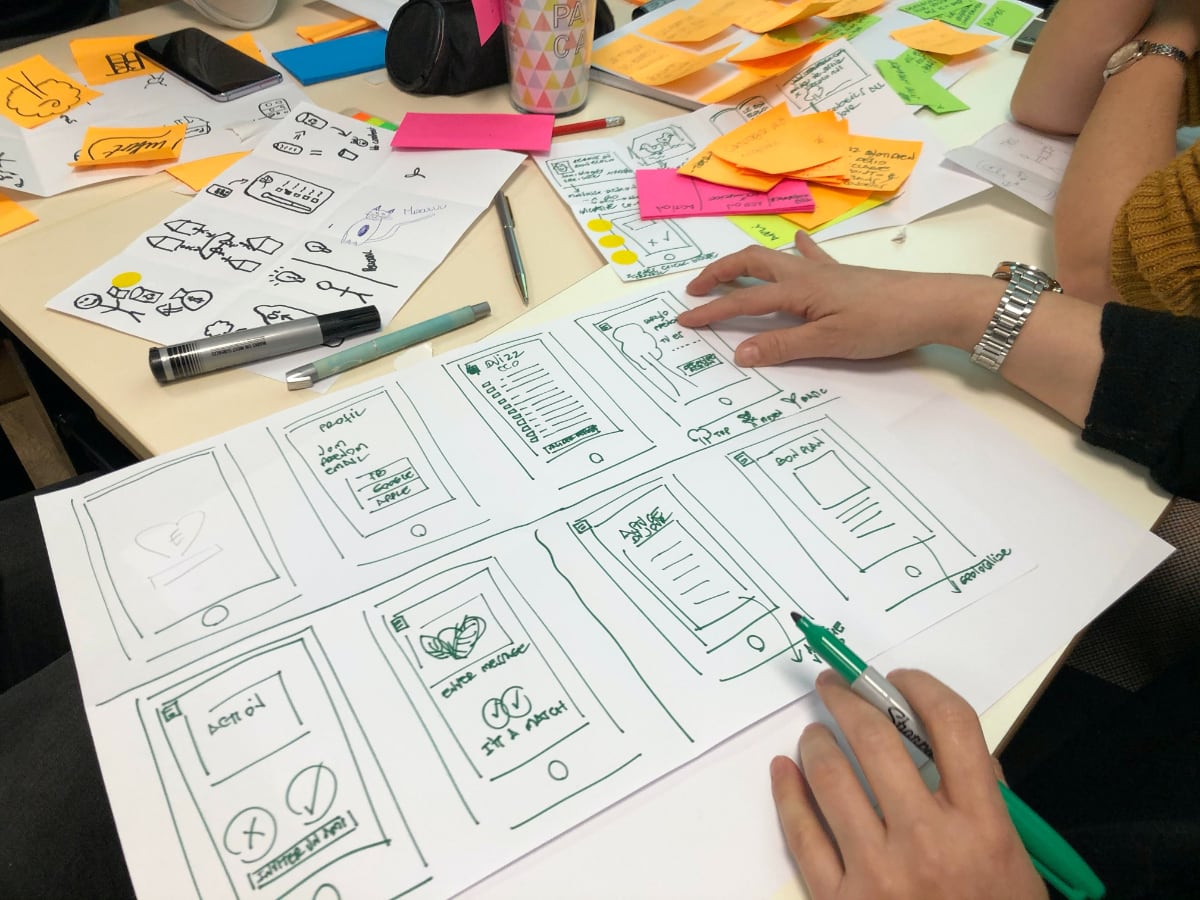Mariah Howard
Excited to announce that Germinate is now certified by AJ&Smart in Design Sprint 2.0!
A design sprint is a methodology, initially developed by Jake Knapp in his days with Google Ventures. Design sprints are a prescriptive technique grounded in human-centered design thinking used to solve problems and find opportunities through understanding your user, aligning on the challenge, designing and prototyping, and conducting testing and validation in a condensed period of time.
The method is used to de-risk your chance of success by seeing how customers react before you invest the time and expense of creating your new product or solution. Design sprints can be used throughout the lifecycle of your product development to build more and more confidence along the way that you are building something that will truly address user needs, wants, and problems.
While Jake and Google recommended conducting a design sprint over 5 days, what we've found is that by spreading these sessions across a couple weeks allows us to be more generative with ideas by leaving some space for reflection and it reduces the team's fatigue. It also is more realistic for clients that we've worked with.
The exercises that we use are those that we’ve found to be the most productive and effective at accomplishing each of our workshop session’s goals. There may be new exercises that we introduce if we need to explore any particular session from a different angle. Diversity in solutioning is really our “secret sauce” that makes for success.
What we do:
-
Session 1 → build an understanding of the challenges from a variety of angles; the business, the user, the competitors, and any technology opportunities/constraints. We want to identify our personas, we want to know what our end goal is and we want to clearly understand the sprint questions that we’ll use the prototype to answer. The priority is to get the prototype to a state which enables us to get answers to those Sprint questions.
-
Session 2 → build alignment and establish a focus for where we will target our problem space. We will do a deep dive into identifying what are the highest risks or, rather, the biggest opportunities, for us to solve with the prototype and we will start to develop an opportunity map where we produce a mass of possible solutions focusing on those that appear to be.
-
Session 3 → go deep into solution mode and start making decisions. We will take our map and everything that we understand from the biggest opportunities and we will ideate and sketch. We will take all the ideas and we’ll determine the most critical parts of the prototype to help us answer the sprint questions.
-
After the final session, Germinate will start working on the wireframes, the information architecture, the red route paths, and then the prototype.
What we’ve also done is exploded the Prototype and Testing stages of the Design Sprint. The prototype is like a pitch deck (but better). It should clearly bring the ideas you want to test across, and it should look real enough so people can give you qualified feedback. We want to be able to give it the polish it needs to make sure it puts its best foot forward to answer our sprint questions. Ditto with the testing. User testing is such a crucial factor that we give this more than one day to complete all the work that goes into creating a solid test plan.
The goal at the end of the entire process is to have decided on a challenge to tackle, ideated solutions to this challenge, tested them with a prototype, and provided us with the confidence on where to go from here!
Photo by Amelie Mourichon



